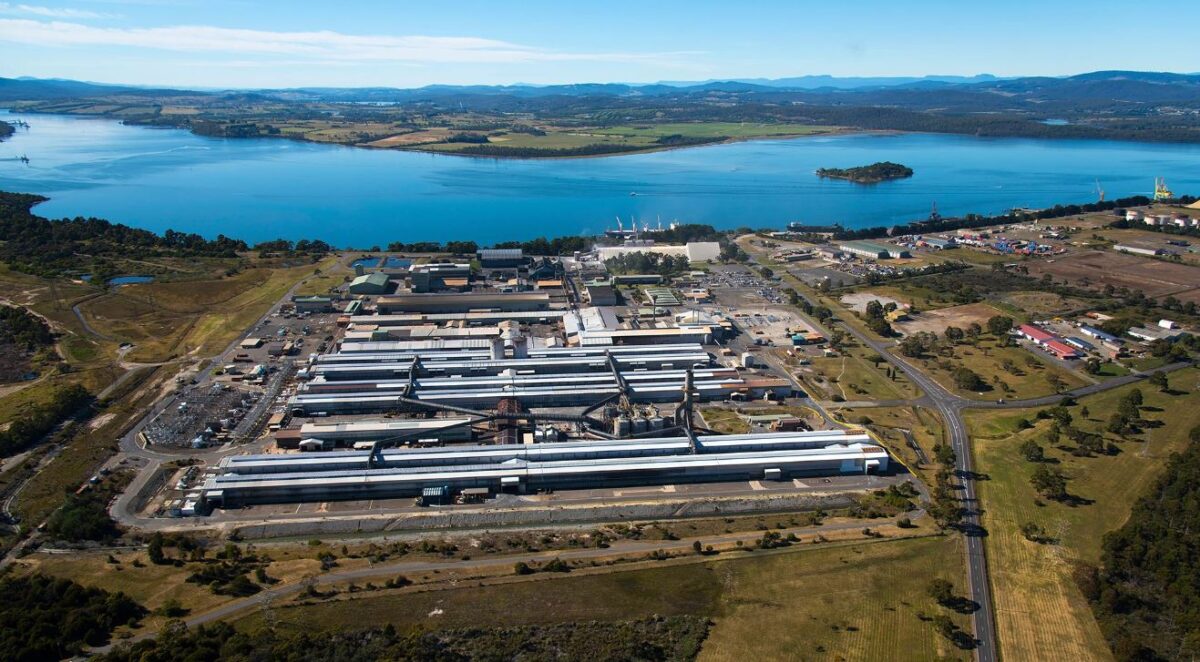Australian-owned renewables player Sun Cable has nominated Bell Bay in Tasmania’s northeast as the company’s preferred site to build a specialised high voltage subsea cable manufacturing facility which would be a critical enabler of the company’s flagship Australia-Asia PowerLink (AAPowerLink) project.
“The construction of a purpose-built facility will help solve global supply constraints of high-voltage direct-current (HVDC) subsea cables,” the company said in a statement. “Currently, all advanced HVDC subsea cable facilities are located in the Northern Hemisphere.”
Sun Cable said the growing hub of Bell Bay, an industrial centre about 50 kilometres north of Launceston, has been chosen due to its deep-water port facilities, access to rail transport links and renewable energy infrastructure.
The proposed Bell Bay facility is to include manufacturing and testing workshops, a customised port facility as well as a 180-200 metre vertical extrusion tower needed for construction of the cables. The company has estimated the facility will typically use about 25 MW to 40 MW of renewable energy for the manufacturing process.
Sun Cable said if the manufacturing facility is approved, construction is scheduled to commence in 2025 with the first cables available in 2029, supporting the development of the company’s estimated $35 billion (USD 22.78 billion) AAPowerLink project.
The AAPowerLink project includes building up to 20 GW of solar and 42 GWh of battery energy storage on a 12,000-hectare site at Powell Creek in the Northern Territory’s Barkly region. The company aims to deliver up to 800 MW of renewable energy into Darwin via an 800 km overhead transmission line with the rest to be exported to Singapore through Indonesia via a 4,300 km submarine transmission link.
Sun Cable Chief Projects Officer Chris Tyrrell said the use of high voltage subsea cables over long distances has a critical role to play in the global clean energy transition and will be key to solving the transmission of green electrons within and between countries.
“Australia has an abundance of sunshine and wind. HVDC cable enables the export of this natural resource to the world, establishing Australia as a renewable energy superpower as well as an advanced manufacturing hub for critical supply chains,” he said.
While the Bell Bay manufacturing facility remains subject to regulatory approvals, Tasmania Premier Jeremy Rockliff welcomed Sun Cable’s announcement, saying the project has the potential to significantly boost the state’s economy.
“A project of this size could create over 800 construction jobs, and over 400 long-term advanced manufacturing roles across a diverse range of trades, skills and capabilities,” he said.
The government has forecast the facility would inject more than $1 billion in economic activity to Tasmania during construction and up to $350 million annually at full operations.
The unveiling of the plans for the cable manufacturing facility follows the recent announcement from Sun Cable backer Quinbrook Infrastructure Partners that it is looking to fund and develop a major polysilicon manufacturing plant in north Queensland as part of plans to establish alternate supply chains for the solar and battery products it purchases.
This content is protected by copyright and may not be reused. If you want to cooperate with us and would like to reuse some of our content, please contact: editors@pv-magazine.com.









By submitting this form you agree to pv magazine using your data for the purposes of publishing your comment.
Your personal data will only be disclosed or otherwise transmitted to third parties for the purposes of spam filtering or if this is necessary for technical maintenance of the website. Any other transfer to third parties will not take place unless this is justified on the basis of applicable data protection regulations or if pv magazine is legally obliged to do so.
You may revoke this consent at any time with effect for the future, in which case your personal data will be deleted immediately. Otherwise, your data will be deleted if pv magazine has processed your request or the purpose of data storage is fulfilled.
Further information on data privacy can be found in our Data Protection Policy.